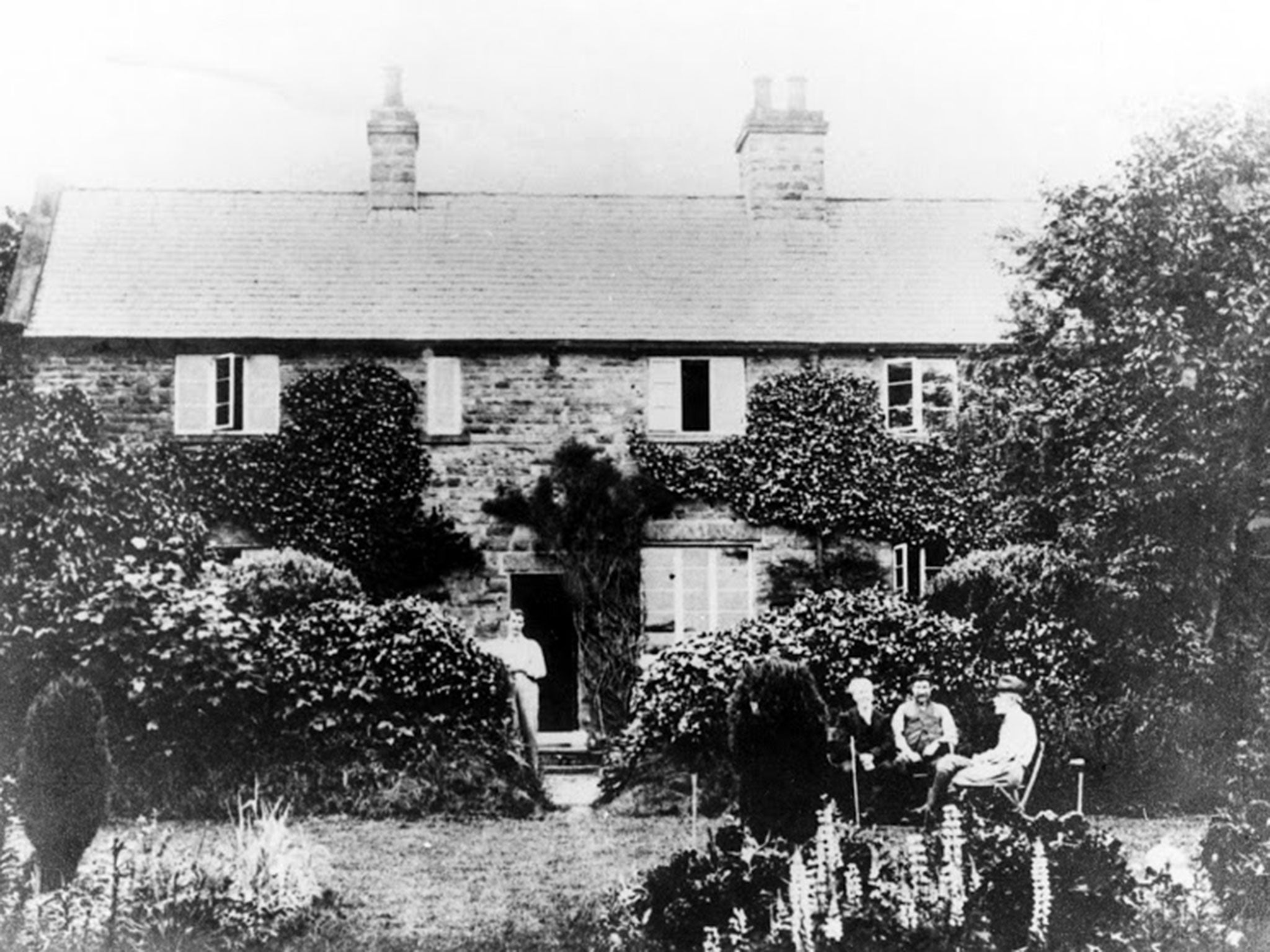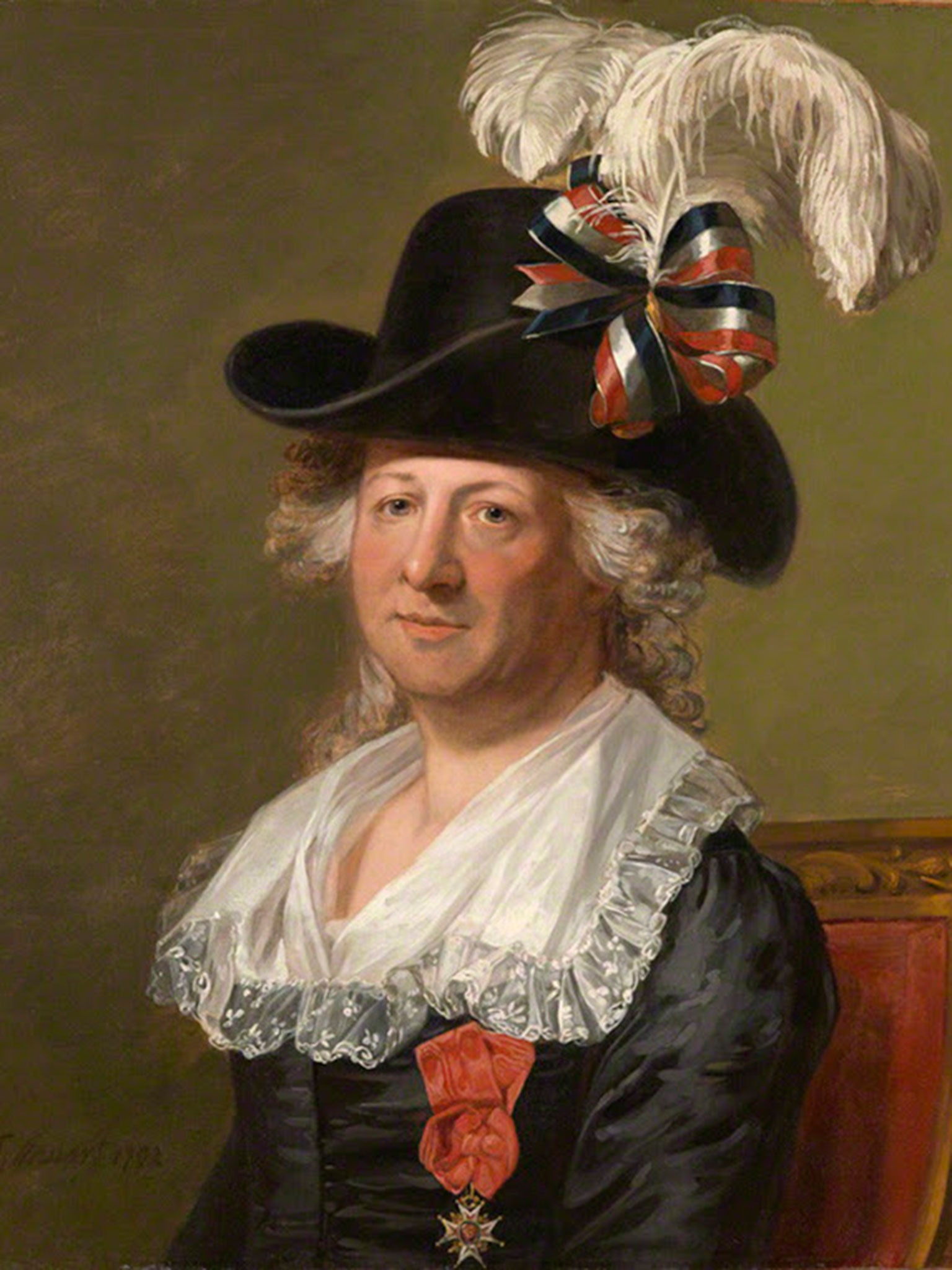Pride of Place: Historians map out untold LGBT histories of locations throughout UK
The project has launched an interactive map of 200 locations and are calling on the public to help further map the heritage of the LGBT community

Your support helps us to tell the story
From reproductive rights to climate change to Big Tech, The Independent is on the ground when the story is developing. Whether it's investigating the financials of Elon Musk's pro-Trump PAC or producing our latest documentary, 'The A Word', which shines a light on the American women fighting for reproductive rights, we know how important it is to parse out the facts from the messaging.
At such a critical moment in US history, we need reporters on the ground. Your donation allows us to keep sending journalists to speak to both sides of the story.
The Independent is trusted by Americans across the entire political spectrum. And unlike many other quality news outlets, we choose not to lock Americans out of our reporting and analysis with paywalls. We believe quality journalism should be available to everyone, paid for by those who can afford it.
Your support makes all the difference.From The Shim Sham, a gay-friendly jazz club set up in Soho in 1935, to a popular 18th-century cruising spot dubbed Sodomites’ Walk in present-day Finsbury Square, historians have this year begun to chart the untold LGBT histories of buildings in London.
Now the “Pride of Place” project is to be widened to the whole country, with the launch of an interactive map of 200 buildings and locations and a call to the public to help further map the heritage of the lesbian, gay, bisexual and transgender (LGBT) community.
The map includes an extraordinary range of sites: a Manchester temperance hall whose infamous cross-dressing ball was raided by the police in 1880, a 14th-century bisexual prostitute’s lodgings, and Bletchley Park, where Alan Turing broke the Enigma code during the Second World War before he was persecuted for his homosexuality.
It also includes the story of French soldier Chevalier d’Eon, who fenced in women’s clothing in 1787 at Carlton House, the London residence of the Prince Regent.
The project will cover sites from Roman Britain to the present day, including the homes of prominent members of the LGBT community, pubs, cultural spots, activist sites and cruising spots.
Rosie Sherrington, a social inclusion and diversity adviser at project organisers Historic England, said: “The project is looking at national recognition of LGBT heritage. I think it’s really important, largely because it hasn’t been formally recognised before. There aren’t any buildings listed entirely due to their lesbian and gay relevance.
“I think people will be surprised... there are some really rural sites that have been important for lesbian and gay people in this country. We want to show how important LGBT people have been in influencing the environment around us.”

Ms Sherrington hopes the project may lead to more buildings being protected. “This comes at a time when buildings and places with LGBT associations are coming under increasing pressure.
“Many are disappearing as LGBT culture becomes more integrated into wider society, while others – often in urban areas – are closing to make way for redevelopment.”
The project is led by historians at Leeds Beckett University’s Centre for Culture and the Arts, who have researched important places and will moderate the suggestions from the public.
Other important LGBT sites include Shibden Hall in Halifax, home of the lesbian diarist Anne Lister, and Millthorpe in Derbyshire, home of Edward Carpenter, the founding father of gay rights in Britain.
Reading Gaol, where Oscar Wilde was imprisoned for “gross indecency” in 1895, is among the sites under the “crime” category, as is the Old Bailey, where James Pratt and John Smith were convicted, and became the last men in Britain to be executed for sodomy in 1835. The project began in London in May and Historic England plans to have the project completed by autumn 2016.
Ronald Wright, a gay magazine illustrator, artist’s model and author who was a prominent member of the gay scene in London from the early 1950s, said the project was a “marvellous idea”.
“So many of our traditions are disappearing. If it wasn’t for something like this jotting it down, the nation would be poorer in years to come.”
Now 87 years old, Mr Wright said: “So much had to be hidden in the old days. I’ve seen some remarkable changes and the biggest change was gay marriage. I wish I had been born 20 years ago so I was young enough to enjoy the things young gay people can enjoy these days.”
He suggested a series of prominent gay pubs, many of which have closed, for the map. These included the Coronation Club, The Standard and The City of Quebec in London’s West End. “It was a tremendously close community,” he said.
Subscribe to Independent Premium to bookmark this article
Want to bookmark your favourite articles and stories to read or reference later? Start your Independent Premium subscription today.
Join our commenting forum
Join thought-provoking conversations, follow other Independent readers and see their replies
Comments